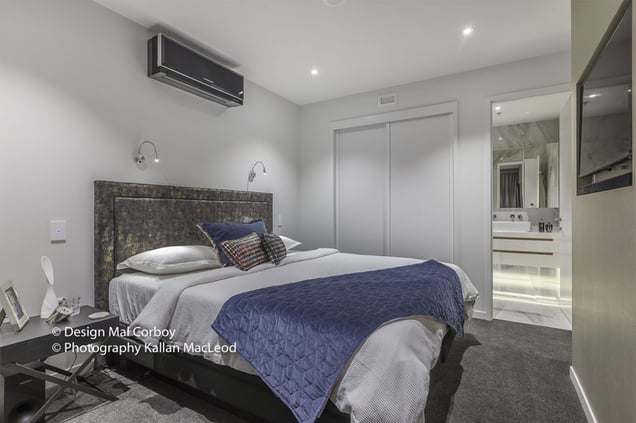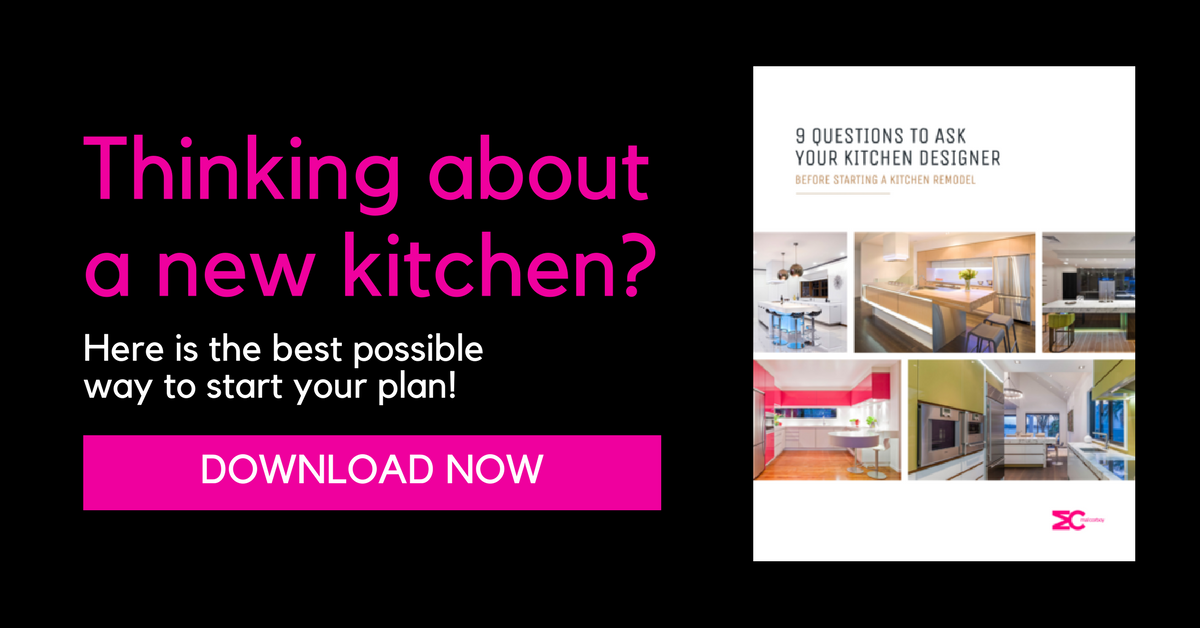
When approaching designers about a job, one of your first questions will be able how your interior design project is priced. No matter how much money you have, you’ll still have a budget in mind, and it’s important to make sure the designer’s pricing structure fits in with your requirements.
Designers use a few different methods for pricing their services. No matter which type of pricing structure you go for, much of your designer’s cost will be offset by their ability to source furniture, fittings, fixtures and contractors at a discounted rate. Their expertise will be invaluable in helping you create the home of your dreams.
Here are the three most common ways an interior design project is priced:
Hourly rate
Most designers operate on an hourly rate. They will bill you for each hour they spend on the project, whether they’re in consultation, sourcing suppliers, making phone calls, shopping, drafting, installing the project, or working on logistics.
Interior designers who work on an hourly rate will also often include a markup on customised fittings / products or anything that’s trade-only.
An hourly rate works well for the designer, but can make it difficult for you to plan your project and stick to the budget. You won’t get a good idea at the beginning of the total cost, and you often won’t know how many hours have been worked until you receive the final bill.
Percentage of total budget
In this pricing structure, the interior designer takes a percentage of the total cost of a project – usually in the region of 15-30%. In the beginning, the interior design project is priced and a budget created. At the end, the project is tallied up and the agreed percentage fee added on top.
The main difference between this pricing plan and “fixed fee” (explained below) is that the fixed fee has a cap, whereas a percentage fee does not.
This is a common pricing structure for large builds and developments.
Fixed fee
Knowing how difficult working with an hourly rate can be for his clients, Mal Corboy adopts a different strategy. Mal charges a fixed fee to cover the entire project, including his time and all the new fittings, fixtures, construction and products that go into creating the space.
Unlike the percentage pricing described above, Mal’s fixed fee is capped – providing the scope of the project doesn’t change, your fee will stay the same.
This fee is calculated based on the scope and size of your project.
From the beginning, you’ll have complete visibility over your costs, and will know exactly where that money is going. The fee can be paid across five installments to help with budget planning.
When choosing an interior designer for your project, make sure you understand the fee structure from the beginning and that both you and the designer are on the same page about the total budget.
There are so many reasons to bring on board a designer to create the interior you really want. Let critically-acclaimed interior designer Mal Corboy show you how he can transform your home. Contact Mal for a no-obligation consultation today.



